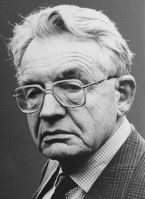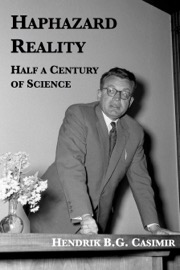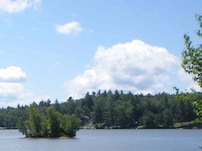
After receiving his PhD he worked as an assistant to Wolfgang Pauli at ETH Zürich. In 1938, he became professor of physics at Leiden University. In 1942, during World War II, Casimir moved to the Philips Natuurkundig Laboratorium (or Physics Laboratory, NatLab) in Eindhoven where he remained an active scientist until becoming co-director of the NatLab in 1946 and a member of Philips's board of directors in 1956. Casimir retired from Philips in 1972.
Although Casimir spent much of his professional life in industry, his contributions to science from 1931 to 1950 include: pure mathematics, Lie groups (1931); hyperfine structure, calculation of nuclear quadrupole moments, (1935); low temperature physics, magnetism, thermodynamics of superconductors, paramagnetic relaxation (1935-1942); applications of Onsager's theory of irreversible phenomena (1942-1950). Casimir helped found the European Physical Society of which he became president (1972-1975). In 1979 he was one of the key speakers at CERN's 25th anniversary celebrations. In 1946 Casimir became a member of the Royal Netherlands Academy of Arts and Sciences.
While at Philips NatLab in 1948, Casimir, collaborating with Dirk Polder, predicted the quantum mechanical attraction between conducting plates now known as the Casimir effect, which is important in Micro Electro-Mechanical Systems (MEMS). He was awarded six honorary doctor degrees by universities outside the Netherlands and received numerous awards and prizes, including the IRI Medal from the Industrial Research Institute in 1976. He was a Foreign Associate of the National Academy of Engineering.
Click on the cover for details about the eBook:




